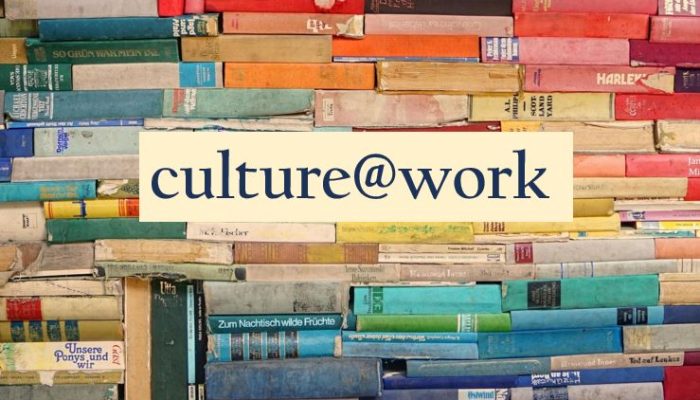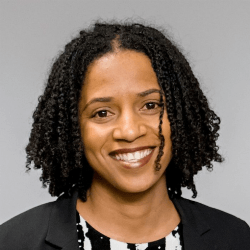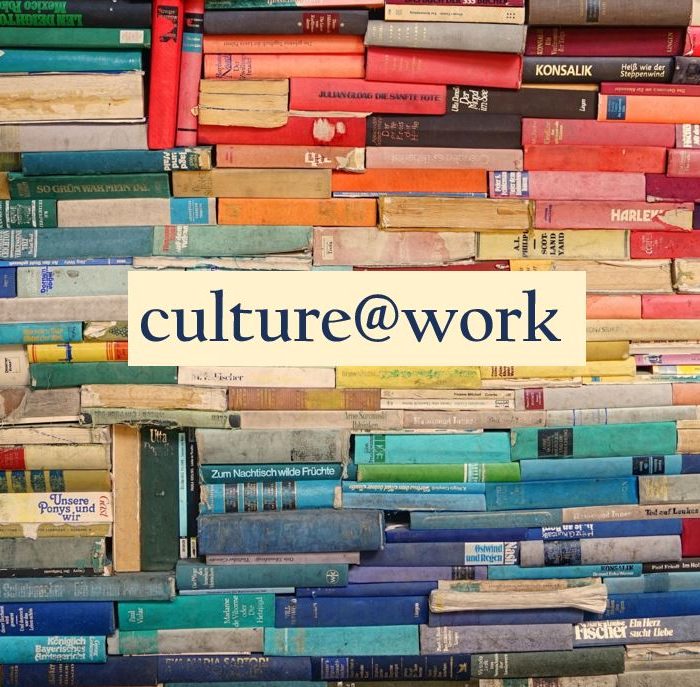Ling Lam is an assistant department head at the Toronto Reference Library.

Cultural diversity and inclusion in the workplace
Welcome to culture@work, brought to you by the OLA Cultural Diversity and Inclusion Task Force. This column showcases diversity in library work in Ontario by introducing Open Shelf readers to library staff from around the province. By highlighting the experiences of library workers, we hope readers will get to know more of their OLA colleagues and perhaps be inspired by, if not more informed about, issues of diversity in librarianship in Ontario, and perhaps beyond.
In our debut issue, we introduce you to …

Name: Mandissa Arlain
Title: Library Technician
1. Where do you work?
I am a qualified librarian, however, I work as a full-time permanent library technician at the Ryerson University Library and Archives. I currently work with the eReserve team, processing eReserves and working on related projects.
For example, I am currently working on an ebook project that will assess the fair dealing course titles we’ve used in eReserve and determine whether to purchase them for the library’s ebook collection. I also have reference and research support responsibilities. Library technicians at Ryerson are assigned reference desk, virtual reference and research appointment duties.
2. Tell us a little about yourself. Why have you chosen to work in libraries?
A little about me … I grew up in libraries, as in my mother worked as a library assistant when I was growing up, and so I spent lots of my free time in that environment. It was the cheapest way to keep us occupied and entertained while not in school or church or at the beach. I grew up in St. Lucia.
I got my first library job in 1996 and have held several positions in the field since. I have met several personalities, all very pleasant and kind folks.
I don’t know if I chose the profession or it chose me, but it’s a working culture that I am familiar with and a culture that has been good to me for the most part. I’ve grown a lot, both as a person and a professional in the field. After completing my library technicians diploma from Seneca College in 1999 and experiencing a few professional accomplishments in the years that followed, it made sense to me to pursue a masters in library science.
3. Tell us about cultural diversity and inclusion, what do you think libraries can do to be more inclusive? Have you faced any barriers? Why do you think diversity is important for our library communities?
Libraries are incredibly inclusive spaces. Walk into any public or academic library and you can quickly determine from its patronage what the demographic makeup of that community or campus is. It’s a safe place carved out by communities to encourage introspection, research, creation and learning.
Now visit those same spaces and look for the cultural makeup of the folks who work there. Who holds what positions and who are the decision makers? These questions are important to ask because the answers not only communicate opportunity through inclusion, but also confidence in the contributions of others. They also are indicators of what spaces, projects, programs and subject areas will experience coverage, promotion and growth. Those who make these decisions get to determine:
- what programs and projects are funded
- what subject areas drive collection development
- what spaces are supported
- and to a certain extent, who is allowed entry into the profession, what roles they are assigned, and ultimately, what their impact and contributions will be
On the individual and micro level, it is really quite insignificant, but such decisions repeated over time create a culture and profession that professes support for diversity and inclusion with language, but makes decisions and creates outputs that suggest otherwise.
That said, diversity and inclusion on the level of corporate cultural change does entail a certain level of risk. These include, but are not limited to “difficulty of communication between groups in the workforce, lower group cohesion, higher employee turnover, low levels of cooperation, and resentment among groups. The costs of diversity are more likely to outweigh the benefits when approached as a program as opposed to an organizational commitment to growth and expansion.
The influential management thinker, Jim Collins (1999), notes that “the old adage, ‘People are your most important asset’ is wrong; the right people are your most important asset” (p. 77). “A diverse network of employees and suppliers will be the right people when it brings new information and voices into the strategy dialogue, produces creative decisions, links the firm with its customers, enables the firm to attract and retain talented employees, and/or enhances the firm’s reputation (Slater, Weigand, & Zwirlein, 2008).
References
Slater, S. F., Weigand, R. A., & Zwirlein, T. J. (2008). The business case for commitment to diversity. Business Horizons, 51(3), 201-209. doi:10.1016/j.bushor.2008.01.003
Photo credit: Robert Anasch on Unsplash
The OLA Cultural Diversity & Inclusion Task Force mandate is to initiate, advise and mobilize support for appropriate action plans related to issues of cultural diversity in libraries within Ontario including recruitment, advancement and retention of underrepresented groups in libraries.
